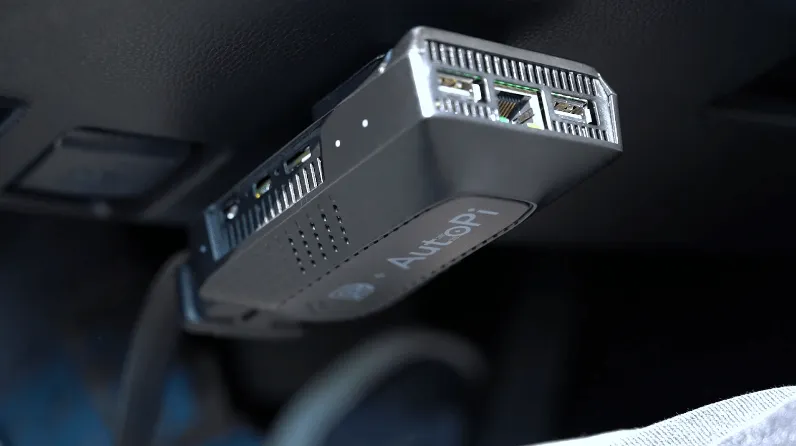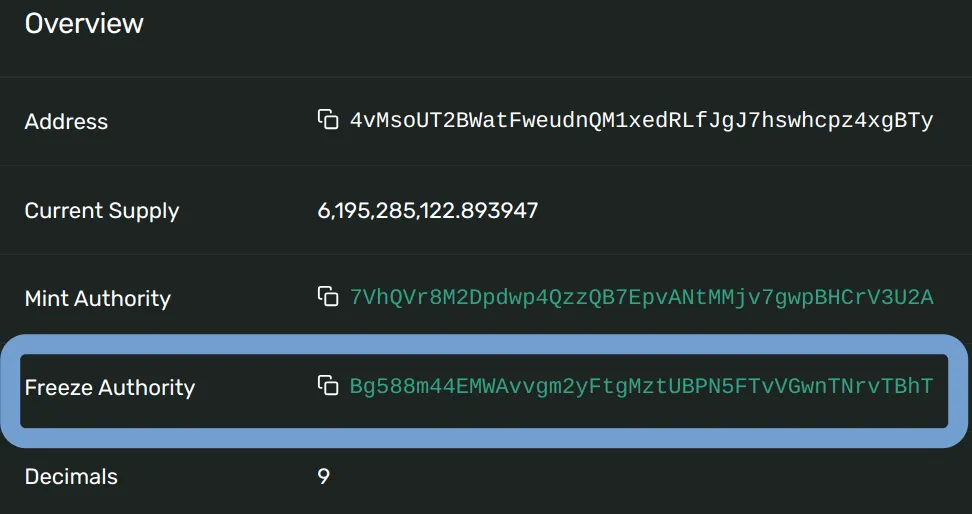In my last article we talked about a few up-and-coming DePIN projects, specifically those that are rolling out decentralized compute and wireless network infrastructure.
In addition to those sectors, there are other projects experimenting with crypto incentives to collect data in a decentralized way. In this article we'll cover two of these projects, namely Hivemapper and DIMO, which are both providing incentives to collect mapping and vehicle data.
Hivemapper vs Google Maps
Most of us have come to rely on Google Maps to get directions from point A to point B, or to lookup information about restaurants and stores. Many businesses depend on Google's mapping data as well.
You may remember the Google cars that were fitted with strange-looking cameras atop their roofs. They were paid for by Google to scout the world while taking photos of streets, houses, and buildings in order to create the maps application we all use today.

Google Maps was an impressive endeavor, but it required centralized coordination and inefficient resource expenditures.
What if we could use crypto incentives to decentralize the way we collect mapping data, and gather it more efficiently?
Hivemapper, a project on the Solana blockchain, is one of the first projects attempting to make it a reality. Let's talk a bit about how it works.
After attaching a special dashcam to their cars, drivers are rewarded with freshly minted HONEY tokens for collecting imagery and sending it back to the company.
The data is then fed into Artificial Intelligence (AI) to locate stop signs, construction sites, etc. Volunteers are then paid in HONEY to assist the AI in identifying these road signs and obstacles.
When a business wants access to this mapping data, they have to purchase and burn HONEY tokens in order to download it, causing the token supply to decrease.
This balance of minting and burning should preserve the incentives for collecting the data and keeping it fresh. The amount of tokens a driver receives depends on several factors.
For example, mapping low traffic areas will result in more rewards than continuously mapping Manhattan. Also, drivers with better reputations earn more tokens than rookie drivers.
The founder of Hivemapper recently wrote an opinion piece on Coindesk, where he goes into more detail how they handle the dynamic token reward model.
DIMO
You may not even be aware of it, but most modern cars that connect to the Internet are constantly sending your performance and diagnostic data back to the manufacturer.
In fact, a lot of car makers today are more in the business of selling data than actually selling cars!
But what if we could earn crypto rewards for the data we generate while driving, instead giving it all away to the manufacturers?
DIMO, a project built on the Polygon blockchain, is the first startup attempting to do so.
It works by having the driver install a small device in their car, which then connects to their smartphone. The driver then starts earning DIMO rewards for uploading their data to a decentralized database, where the user maintains control over it.

Outside of the centralized silos of manufacturers, our driving data becomes composable, meaning developers can start writing decentralized applications for better insurance, fleet management, and ride sharing.
Noteworthy Network Effects
When estimating the potential growth of a cryptocurrency, we need to consider the importance of network effects. In order to expand, the barrier to entry needs to be low, and interest in the project needs to be high.
In the case of Hivemapper and DIMO, drivers don't have much to lose. After all, they are already using their cars to get around daily, and it's not too much trouble to install a basic piece of hardware in their car to collect data.
And if you check the Discord channels of ether Hivemapper or DIMO you'll see a flurry of daily activity. Apparently a lot of people are interested in getting onboard to earn rewards for sharing their data.
That said, we need to consider some potential problems with this new technology.
Caveats
One potential pitfall of the Hivemapper system is that the team appears to be distributing these rewards manually, in a centralized way, rather than having the system push them out automatically using smart contracts, etc.
The beauty of cryptocurrencies like Bitcoin is that coins are distributed programmatically based on network rules, meaning there is no central party that could either deliberately, or by coercion, stop the distribution of rewards.
Moreover, if you check the HONEY smart contract on the Solana explorer you'll see that it has a freeze authority associated with it, meaning that the team could suspend anyone's HONEY tokens at anytime, which goes contrary to crypto's censorship-resistant principles.

Hivemapper could also make the system more resilient by uploading the mapping data to a decentralized storage provider like Arweave, for example. Doing so would eliminate the central point of failure of the data being stored in a single location.
All that said, these token incentive models are still at very early stages of development, and will need to be iterated upon repeatedly as problems are revealed over time. The caveats mentioned above could potentially be resolved via upgradable smart contracts that are controlled by transparent governance.
Conclusion
We have begun to experiment with token incentives that more efficiently collect data compared to the centralized solutions we have in place today.
To keep their map data fresh, Hivemapper is rewarding dashcam operators and AI trainers by intelligently distributing HONEY tokens. Businesses then purchase and burn HONEY in order to gain access to the data.
Meanwhile, DIMO rewards drivers in DIMO tokens for sharing their performance and diagnostic data, which enables more efficient fleet management and ride sharing applications based on composable data.
These token incentive models are still in early development, and will need to be iterated upon multiple times before we find the ideal implementation. That said, this technology is on track to revolutionize many aspects of our economy.
If you learned something new in this article, be sure to check out my other posts about finance and crypto here on Hive. You can also follow me on InLeo for more frequent news and updates.
Until next time, stay curious...